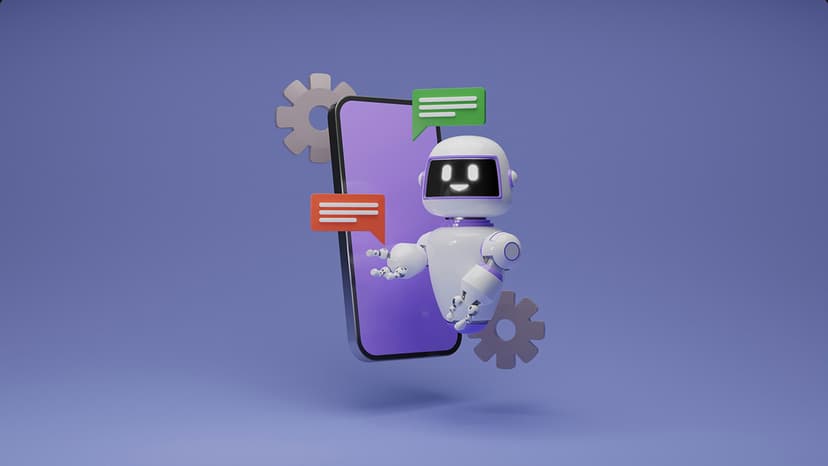Unraveling the Mysteries: Machine Learning vs. Deep Learning
Imagine you're entering a realm of incredible possibilities, a world where computers can learn much like humans do – from experience. This realm isn't in the pages of science fiction; it's real, and it's spectacularly sophisticated. It's a world powered by the twin engines of Machine Learning (ML) and Deep Learning (DL), both revolutionizing how machines interpret and interact with the world around them. But what sets these two powerhouses apart?
The Roots of Intelligence: Machine Learning Explained
Let's kick things off with Machine Learning. It's the grandmaster of the game, the concept that gave birth to the idea of computers making sense of data without being explicitly programmed for every task. At the heart of machine learning is the ability to learn from examples and improve over time. Think of it as a clever kid in class who, by observing patterns and practicing problems, starts to see the secrets behind the math.
ML algorithms use statistical techniques to give computers the skill to 'learn' with data, and then make predictions or decisions. It's not magic – it's math. These algorithms can be simple, like linear regression that you might have encountered in statistics, or more complex like support vector machines.
Imagine shopping for groceries online. Machine Learning helps recommend products to you based on what you've bought before. Retail giants like Amazon harness ML to analyze your shopping habits and suggest items you might like to add to your cart. Check out Amazon's Machine Learning for a deep dive into their methods.
The Brain's Echo: Deep Learning Decoded
Now, let's shift gears and talk about Deep Learning. This technology is like a rocket-fueled version of machine learning. It's inspired by the inner workings of the human brain and its neural networks. A deep learning model processes data through layers upon layers of artificial neurons, hence the 'deep' in Deep Learning. Each layer transforms the data, extracting features and learning more complex representations at each step.
Deep Learning is behind some of the most astonishing advances in AI. Have you ever seen a chatbot that responds so naturally you might think it's human? Or how about those eerily accurate Google Translate results? These are works of Deep Learning. For a peek at how Google is advancing these fields, visit Google AI.
Why all the layers? Well, these layers enable the system to understand very sophisticated patterns. If Machine Learning is like reading a book, Deep Learning is analyzing the entire library, drawing connections and insights from every book in the collection.
On the Same Team, But Playing Different Positions
While Machine Learning and Deep Learning might seem like rivals, they are really part of the same team. Deep Learning is a specialized subset of Machine Learning with its own talents. You can think of ML as a toolbox with a variety of tools, and DL as the power tool inside.
One major difference is that Deep Learning typically requires a massive amount of data to deliver its full potential, whereas Machine Learning can sometimes make do with less. Also, Deep Learning might need more powerful computing resources, like Graphics Processing Units (GPUs), to handle its complex neural networks.
The Practical Divide: Real-World Applications
You'll find Machine Learning in everyday applications. From spam filters that keep your email inbox sane, to credit scoring systems that determine whether you're a good bet for a loan, ML touches many aspects of your life. It doesn't always need the whammy of Deep Learning, particularly when the problems are simpler or the datasets are smaller.
Deep Learning, on the other hand, is at play in more complex tasks like driving autonomous vehicles. These cars must understand their environment with incredible accuracy, something that requires a deep understanding of countless variables – a job for Deep Learning. Similarly, voice assistants like Siri or Alexa employ Deep Learning to grasp natural language and generate believable responses.
Machine Learning is like the smart assistant — efficient, versatile, and ready to tackle a broad range of tasks. Deep Learning, meanwhile, is the specialist brain that thrives on complexity and depth. Both sit at the cutting edge of technology, pushing the boundaries of what machines can achieve.
Understanding ML and DL is key to appreciating the artificial intelligence landscape. It's an exciting frontier, with endless possibilities for innovation, shaping a future where technology is more intuitive and helpful than ever before.
As we usher in this era of intelligent machines, one thing is clear: ML and DL are not science fiction. They are here, transforming our lives, sometimes in ways we don't even realize. Whether it's diagnosing diseases or powering virtual assistants, these learning systems are making our world smarter.












